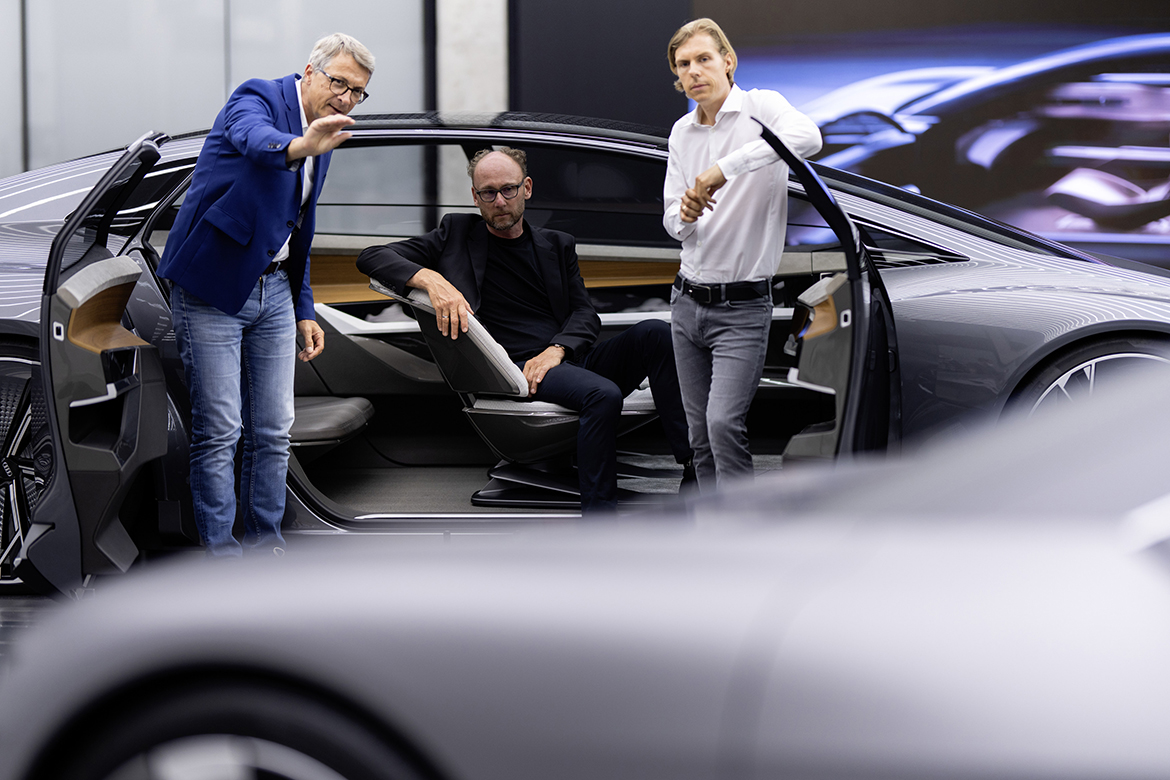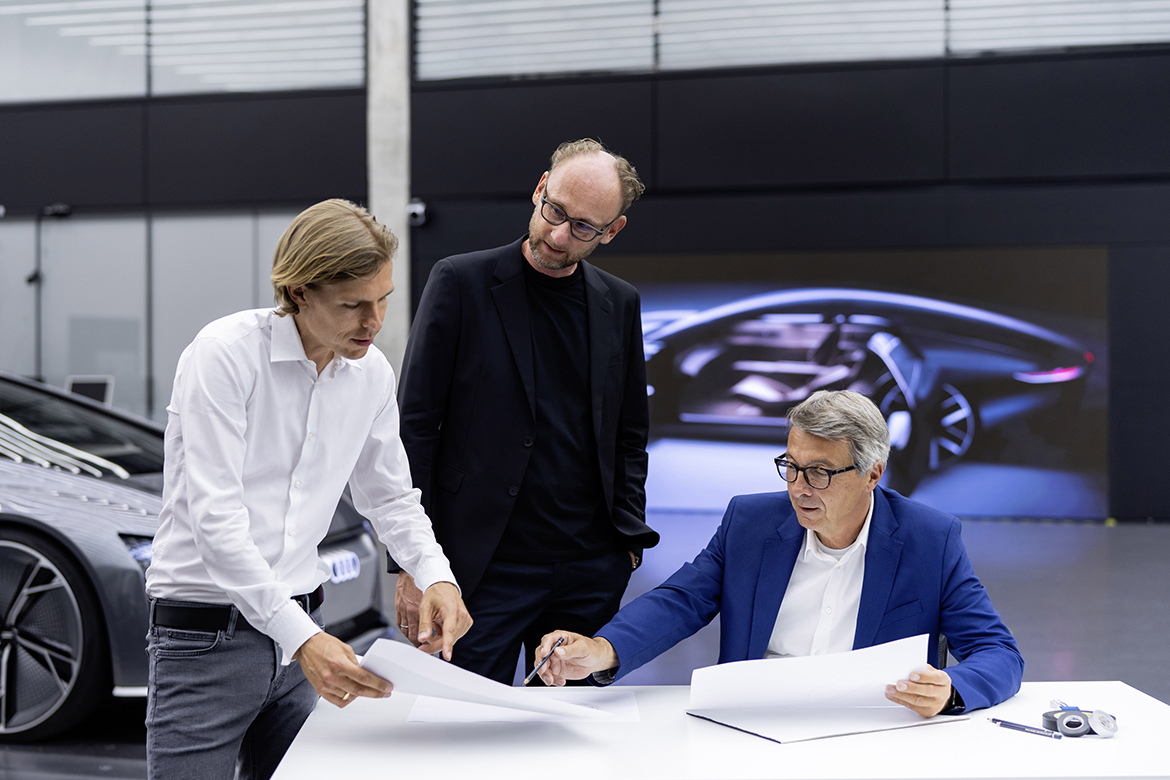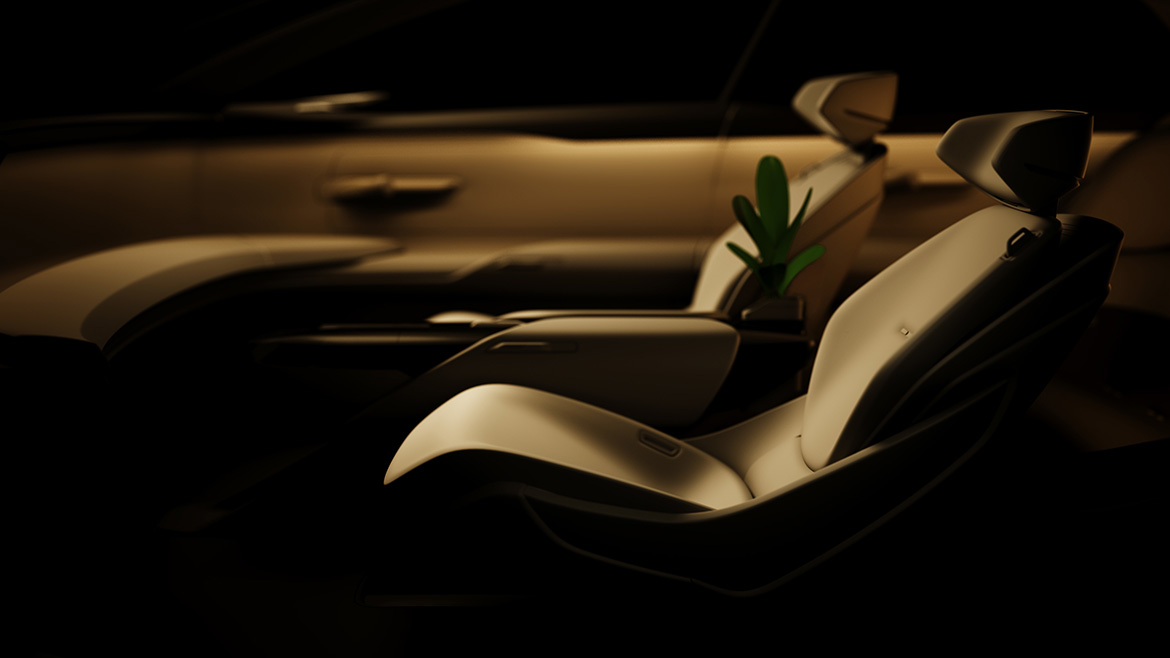The shift to electric mobility, the growth of digitization and the expansion of autonomous driving technologies are not only affecting the technology of the automobile, but also its design, starting with the engineering. “For designers, there has never been a more challenging time than now: it’s time to rethink automotive design to bring it into the future,” explains Marc Lichte, Audi’s head of design. In the past, it was the combustion engine that determined the proportions of the body and defined the ideal aesthetic canons. The cabin had to be as flat as possible, following the shapes defined in the wind tunnel, while the interior was conceived as a functional control center, divided by the central tunnel and the control elements.
To this were added other parameters that had to coexist with a marked multi-functionality, such as comfortable seats for long journeys and space for passengers and luggage. The electric car, on the other hand, is synonymous with ample space inside the passenger compartment, thanks to the compact motors positioned above the axles and the battery located in the underbody. And in the future, with the advent of autonomous driving, both the steering wheel and the pedals may even disappear. The needs of users are becoming more and more important, as well as connectivity inspired by smartphones, especially for the younger public. That’s why car design is increasingly becoming experience design, with the goal of creating user experiences. “What are the demands of users? Do they want to be able to work in the car, read or sleep? What use do we design cars for: long distances, city or leisure? What should the interior look like? ” asks Lichte.
A change that also involves the styling process. Digital tools are crucial to the technology shift, and while clay models have always been essential to design and aerodynamics teams, now technologies like virtual reality are radically changing the way they work. Different colleagues, from different departments, can interact in the virtual space, no matter where they are. Audi’s design team consists of 450 specialists from 25 countries working from studios in Ingolstadt, Beijing and Malibu. In the Ingolstadt design center, work processes are integrated: there are large screens and modeling areas with milling machines that allow 3D models to be directly compared with reference models.
Digital data from the virtual projects at the Beijing and Malibu sites are sent to the German design center where they become clay models: despite the development of digital design, the view of a full-size model in space is crucial in the decision-making process. In this way, proportions are analyzed from various distances, checking for consistency. “Nothing can replace the sensations of when you look at a model in reality: that’s when perspective becomes realistic for the human eye,” explains Norbert Weber, head of interior design. “We want to create the best for Audi: level 4 autonomous driving and the resulting technical possibilities will give us the opportunity to realize perfect proportions and special aesthetics,” concludes Philipp Römers, head of exterior design.













